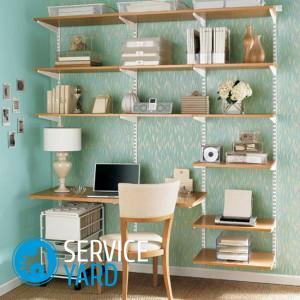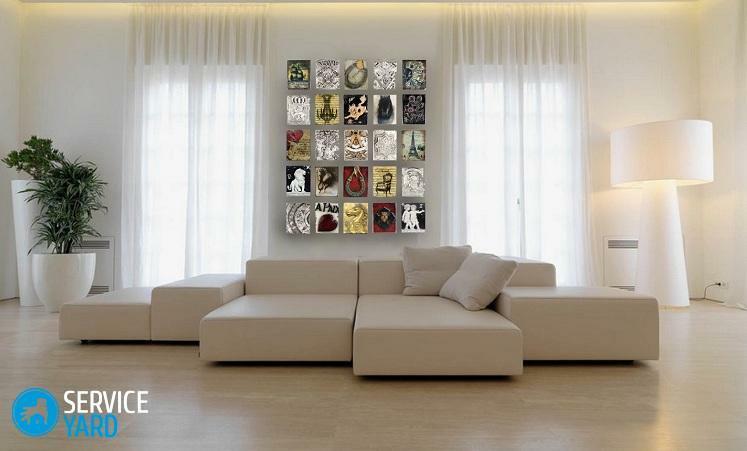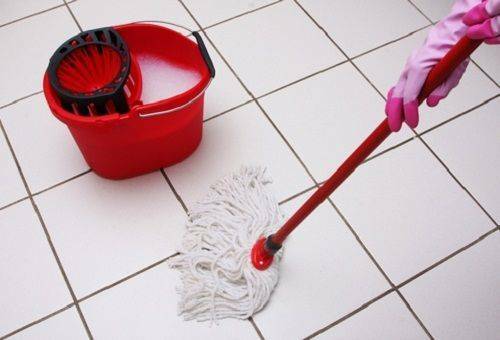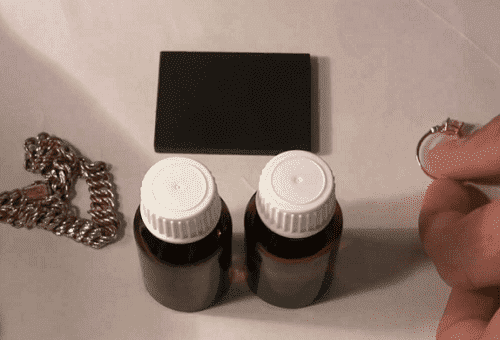
- Types of shelves
- Methods of mounting shelves to the wall
- Installation on the gypsum board wall
- Fastening to the concrete or brick surface
- Fastening to the wooden surface
- Useful recommendations:
After repair, it is always necessary to attach all the decorative elements to the places. Such elements include paintings, panels and shelves. When implementing such a procedure, the question immediately arises: how to hang a shelf on the wall, so that it looks beautiful, and organically fit into the interior, but was also convenient and safe? In order to hang decorative elements, it is necessary to understand in more detail with tools for fastening, with the type of structures and types of shelves.
to the table of contents ↑Types of shelves
In shops and markets, customers are offered a wide range of different types of shelves. They differ not only in appearance and design, but also in materials from which they are made.
Glass and wooden products are very popular at the moment. They perfectly fit into any interior, most often they are installed in the bathrooms. Such products perform the following functions:
- Practical - they are installed for storing disks, cosmetics, books.
- Decorative - the main purpose of their use is to decorate the room. They are placed various design products( caskets and figurines).
Important! The design of the shelves can be the most unusual. The more complex the design of the product, the more difficult it is to attach to the wall. In addition, do not forget about the material from which the walls are made indoors.
to the contents ↑How to attach the shelves to the wall
Before installing the shelf on the wall, choose the tools to install. Optimum choice - polkoderzhateli. Their varieties are huge, but they are distinguished by three main types - fixative, hidden and decorative. All three types are distinguished by the ways of fastening to the wall.
Important! When installing shelves on metal or gypsum board use a butterfly dowel, and if the mounting surface is wooden - spacer dowels.
Consider these methods in more detail:
- Decorative - the most affordable for the price. The main element of the construction is the L-shaped part, which is fixed with dowels. And the shelf is attached using self-tapping screws( 16 mm).Choose the size of such a holder, based on the size of the shelf.
- Fixing - at a price a little more expensive than the previous option, but the price is justified by the advantages of such shelf holders. The main advantage is the possibility of installing a glass product model. For this type of attachment, any kind of shelves are suitable. Their maximum thickness should not be more than 50 mm.
Important! This type of shelf supports can withstand a load of 50 kilograms.
- Hidden - it means a complete immersion of the shelf holder in the shelf, that is, the mount is very difficult to notice with the naked eye. Thanks to this factor, such products are very popular among buyers. But despite the advantages, there are drawbacks. The main disadvantage is that the product can not withstand a load of more than 20 kilograms.
Important! To install it you need to make special grooves.
Choosing the method of attachment, you need to consider not only the design and appearance, but also the criteria for use.
to content ↑Installation on gypsum board wall
To date, drywall is very often used for decoration of residential premises. This material is based on sheets of cardboard and gypsum.
Important! It is due to the features of this material that you can change the ceiling and walls beyond recognition, creating even the most unusual curvilinear forms. But there is such a nuance in such a material - the load-carrying capacity of such coatings is not very high, so the type of attaching any objects to them should be approached very carefully.
Tools for working
In order to hang a shelf on a gypsum board, the following tools are required:
- Drill. The drill should be slightly smaller than the diameter of the dowels.
- Expansion dowels.
- Screwdriver.
- Special building level.
- Pencil.

We proceed to fastening:
- Apply the product to the plasterboard surface and mark with a pencil the place where the first fastener will be located.
- Note the remaining brackets.
- Make holes with a drill.
- Install the dowels.
- Attach the product to the holes and screw in the screws.
Following these simple recommendations, you can easily install any shelf on the wall of gypsum board.
to content ↑Fastening to concrete or brick surface
Ceilings and walls of concrete are distinguished by their high strength and reliability. Therefore screw in such a wall samorez almost impossible. You'll have to work first to make the necessary holes.
Tools for working
To attach a shelf to a concrete wall, you will need the following tools:
- Hammer.
- Wooden dowel or dowels.
- Hammer.
- Screwdriver.
- Pencil.
The installation is practically the same as the attachment to the gypsum board surface. However, there is one difference. Drill holes only with a perforator.
Important! Instead of dowels, you can use a wooden dowel, it reliably fixes the shelf in the wall.
to the contents ↑Fasteners to the wooden surface
If you have wooden walls, then fasten the shelf is not difficult. The only difficulty is finding the location of the holes. Then the product is brought to the marked points on the wall and screwed with screws. In order to hang a shelf on a wooden wall you do not need to purchase special tools and materials.
Important! If the shelf is intended for storing heavy objects, then it is recommended to use spacer screws.
to the contents ↑Useful advices:
- Before installing the shelf on the wall, it is necessary to check the reliability of the shelf fastening.
- Check the density and strength of the wall so that it can withstand the load.
- Fasteners should be selected according to the type of shelf.
- When purchasing fasteners, you need to consider the load that the shelf can withstand.
- When ordering shelves, first make sure that you have completed all calculations and measurements.
These few simple tips can help you with the purchase and installation of shelf securing materials.
To solve this problem it is necessary to approach very responsibly, even if you have experience working with gypsum board or concrete walls. Always need to carefully choose fasteners and tools for securing the shelves. If you do not have experience in installing wall shelves, then it's best to consult a specialist. His services will be inexpensive, and the work will be carried out in a high-quality manner.



